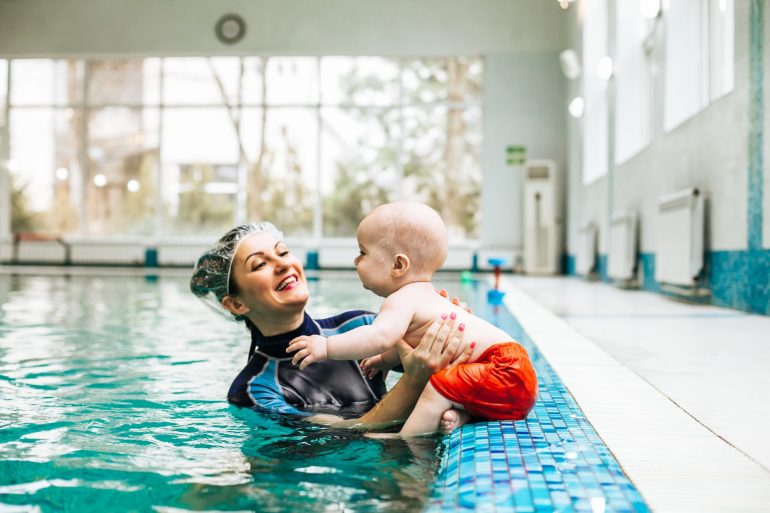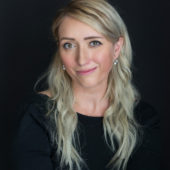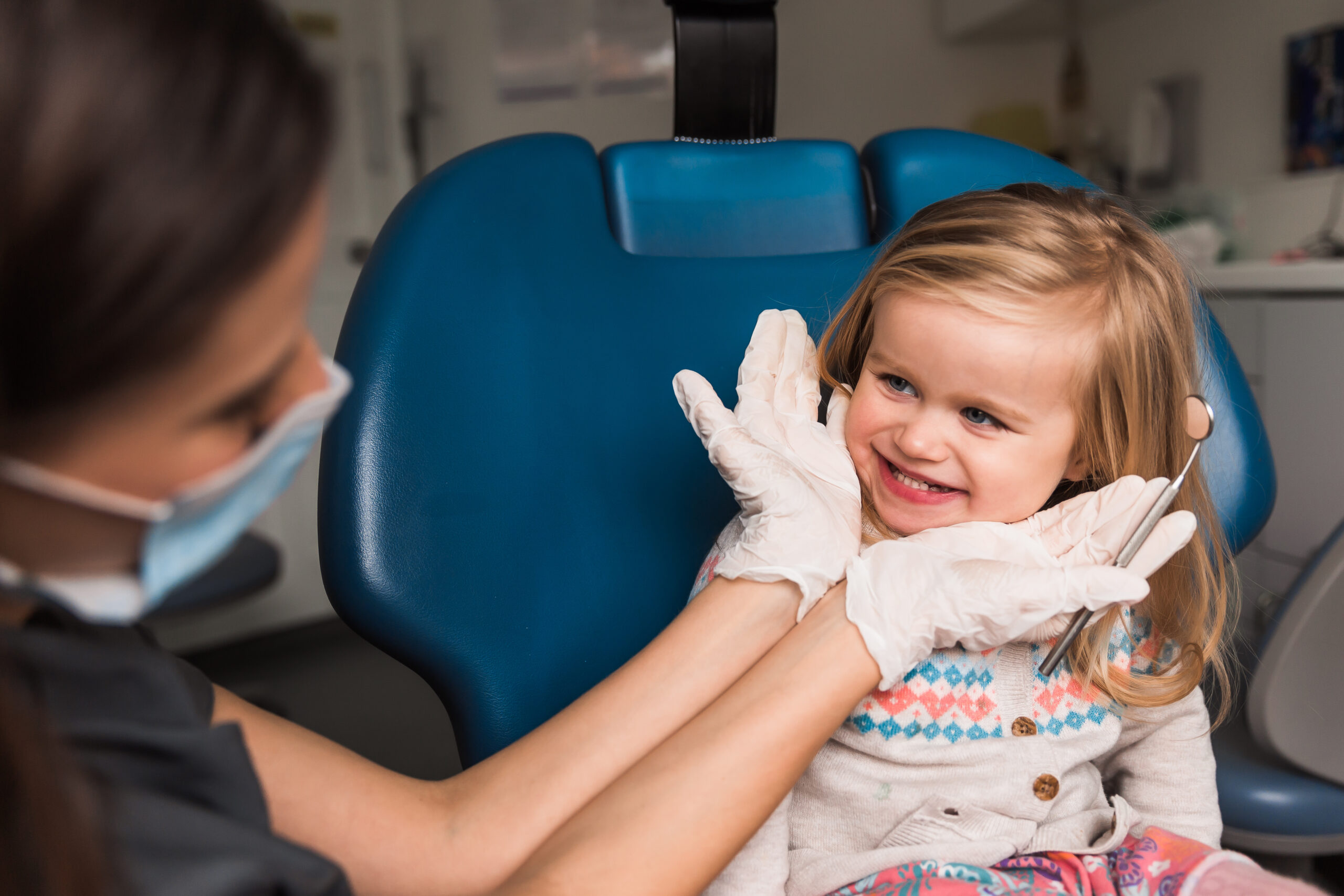What is an Infant Self Rescue Class?
It. Is. AMAZING.
Survival baby swim classes, or Infant Self Rescue classes, are designed to teach babies to control their breath, roll onto their backs, and float if they fall into a body of water. When babies are old enough, this is combined with swim lessons, and babies are taught to swim to the edge of the pool and climb out.
We spoke with ISR-certified survival baby swim instructor Andrea Berman of LA Water Babies to learn more about how these classes work.
How Old Does a Baby Have to Be to Take Survival Swim Lessons?
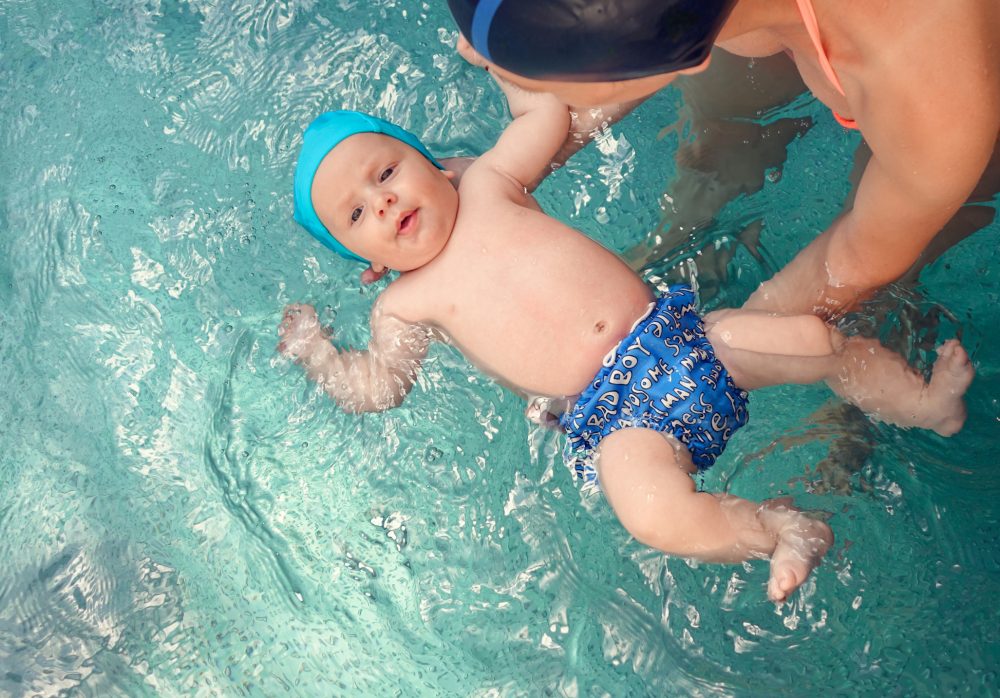
Children can start ISR classes as early as SIX months old, and perfect the skills they learn in those lessons up until six years old.
Why It Matters
Drowning is the leading cause of accidental death for children under four years old in the United States. While fences and attentive parents are great fail-safes, the reality is a child can drown in as little as one inch of water — it takes only moments.
Methods like infant self-rescue classes teach babies how to rescue themselves if they get into trouble before a parent notices, and places just one more safeguard between children and water.
Managing the Risk of Water Aspiration
Infant self-rescue classes aren’t like other baby swim classes. Beyond just nursery rhymes and dunking babies in the water, these classes are specifically designed to teach babies one thing: survival in the water.
To keep babies safe, one of the first lessons babies receive is breath control. An ISR-certified instructor works with the baby one on one to closely monitor their progress and ensure the baby isn’t drinking a hazardous amount of water during the lessons. To minimize risk even further, instructors keep these lessons very short — no more than ten minutes long.
Baby Survival Swim Classes Near You
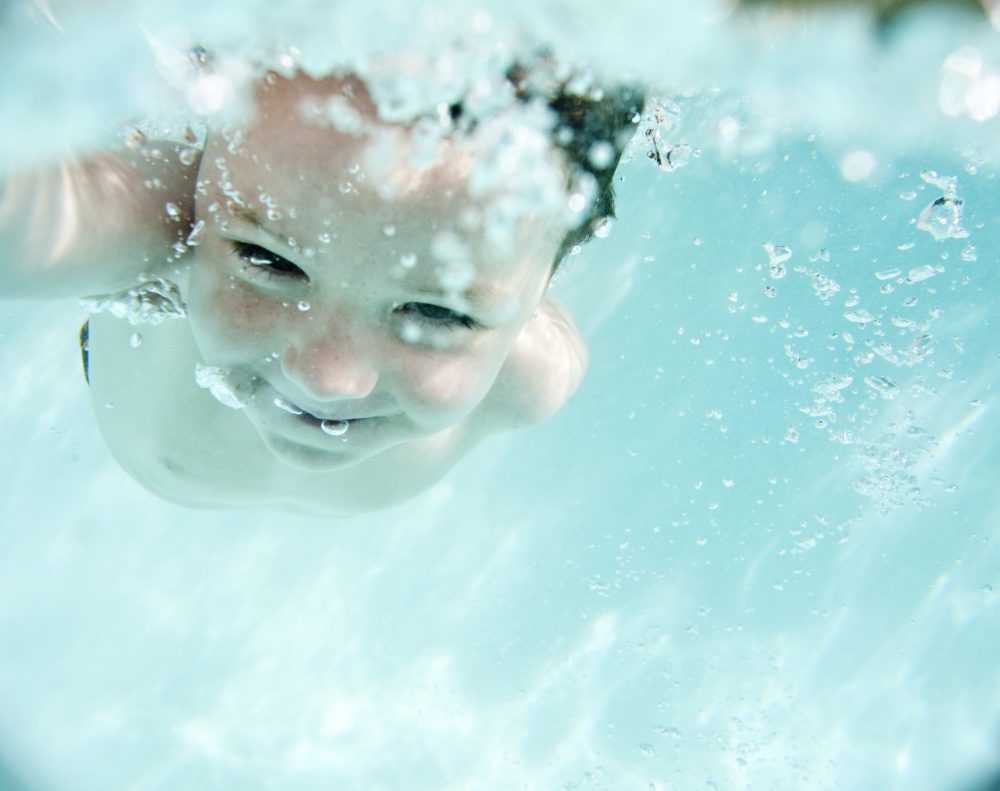
These are a very specific type of swim class, and for that reason, not everyone offers them. You can use the ISR website’s search function to locate certified instructors in your area to be sure you’re getting set up with the correct class.
Once you find an instructor, you fill out some detailed paperwork on your baby’s health, which includes information about their diet, as well as sleep and urination patterns. This form, called the BUDS sheet, helps instructors gauge how much urine output is normal for your baby, so they can determine if and when too much water is being ingested during classes.

